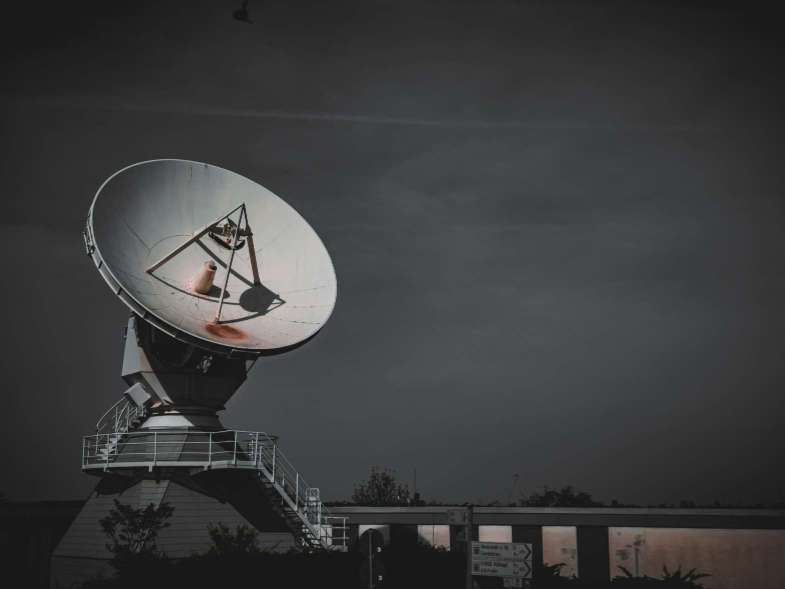The Art of Immersion: AR and VR in Creative Industries
4 min read
17 Aug 2024
Augmented Reality (AR) and Virtual Reality (VR) technologies are reshaping the landscape of the creative industries, offering artists, designers, and storytellers innovative tools to push the boundaries of creativity and immerse audiences in captivating experiences.
In the realm of visual arts and design, AR and VR are revolutionizing the way artworks are created, presented, and experienced. Artists can use VR sculpting tools to create three-dimensional masterpieces in virtual space, exploring new forms and textures with unprecedented freedom. AR applications enable viewers to interact with artworks in new ways, overlaying digital elements onto physical artworks to create dynamic and interactive experiences.
Moreover, AR and VR technologies are transforming the way stories are told and experienced. VR storytelling allows audiences to step into immersive narrative worlds, where they can explore richly detailed environments and interact with characters in real-time. AR experiences, meanwhile, blend the real and virtual worlds, allowing storytellers to create location-based narratives that unfold in the streets and landmarks of the real world.

In addition to enhancing creative expression, AR and VR are also revolutionizing the way live events and performances are produced and consumed. VR concerts and theater productions enable audiences to experience live performances from anywhere in the world, immersing themselves in the sights and sounds of the event as if they were there in person. AR applications enhance live events by overlaying digital content onto the physical environment, adding an extra layer of immersion and interactivity for audiences.
As AR and VR technology continues to evolve, the possibilities for creative expression are endless. From immersive art installations and virtual reality exhibitions to augmented reality performances and interactive storytelling experiences, AR and VR are redefining what it means to create and experience art. By embracing these transformative technologies, artists, designers, and storytellers can unlock new levels of creativity and engage audiences in ways never before possible.
In conclusion, Augmented Reality (AR) and Virtual Reality (VR) are revolutionizing the creative industries, offering artists, designers, and storytellers innovative tools to push the boundaries of creativity and engage audiences in new and exciting ways. Whether it's creating immersive artworks, telling interactive stories, or producing live events, AR and VR are transforming the art of immersion and shaping the future of creative expression.
More Articles

The Future of Work: Remote and Hybrid Models Powered by Tech
7 min read | 15 May 2024

The Future of Wearables: Exploring Biometric Sensing, AI Integration, and Beyond
7 min read | 14 May 2024

The Rise of Smart Glasses: Beyond Google Glass, What's Next in Wearable Tech?
4 min read | 13 May 2024

Innovations in Wearable Tech for Mental Health: Can Devices Improve Well-being?
3 min read | 12 May 2024
More Articles

Wireless Communication: The Future of Connectivity
5 min read | 22 Aug 2024

Mobile Network Operators (MNO): The Giants Behind Your Mobile Service
4 min read | 21 Aug 2024

Satellite Communications: How They’re Changing Global Connectivity
7 min read | 20 Aug 2024

Optical Fiber: The Backbone of Modern Communication
5 min read | 19 Aug 2024
